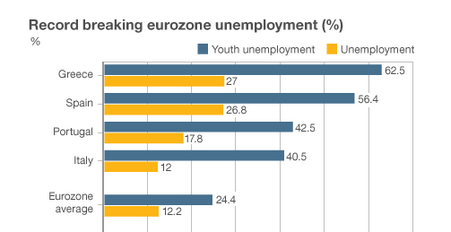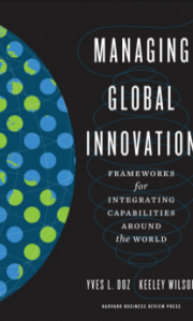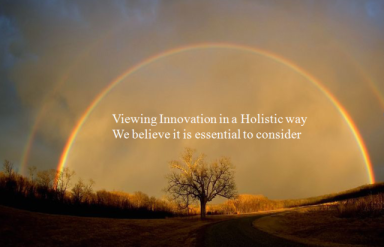Irrespective of the organization, we all struggle with transformational innovation. So often we are simply comfortable in our ‘business as usual’. We gear performance to the short-term, we put the emphasis on the current fiscal year, and we support the core business in numerous ways, usually with lots and lots of incremental innovation, so the results are realizable in this year.
We are sometimes comfortable or confident enough to move into adjacent areas, to expand and feed off the core but these are less than transformational in most cases. This space is the one we are the most comfortable to work within, this is the horizon one of the three horizon model approach outlined to manage innovation across a more balanced portfolio of investment.
In summary, the three horizon model for innovation is actually a reasonably simple idea: with Horizon One (h1) being the current business focus, Horizon Two (h2) being more the related emerging business opportunities and Horizon Three (h3) being those that are moving towards a completely new business that can have the potential to disrupt the existing one.
The complexity lies underneath this simple idea, you need to manage these different horizons with completely different mindsets. You need clear well-structured ways to extract the real return from managing a comprehensive innovation portfolio based on knowledge, experience, intelligence but exploring plenty of the unknowns about the future and openness to get you there, as ready as you can be . Its necessary today.
The seeds of destruction lie in horizon one
Continue reading “Traversing different horizons for transformational innovation”





